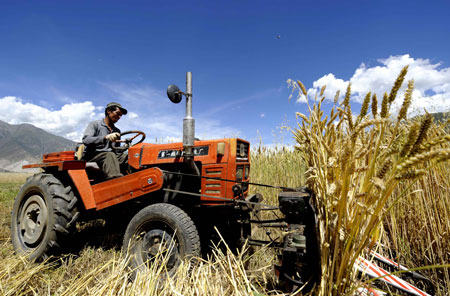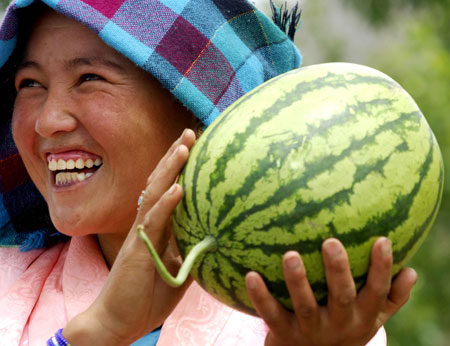| Brazilian scholar: Tibet sees notable progress since democratic reform | |||||
http://english.dbw.cn銆€銆€
2009-03-05 09:55:18
|
|||||
|
Tibet has achieved remarkable economic progress and undergone profound changes since 1959 when its democratic reform began, a Brazilian professor told Xinhua on Tuesday.
The democratic reform played a key role in abolishing feudal serfdom, said Argemiro Procopio, a professor of international relations at the University of Brasilia.
In this regard, Procopio said he agreed with the conclusions drawn by a white paper titled "Fifty Years of Democratic Reform in Tibet," released Monday by the Chinese government. Tibet has since been keeping pace with other regions in China in terms of social development and economic progress, the professor said. Procopio, who has visited China several times, also is the author of the book "In the Eye of the Eagle," in which he analyzes how China's development has changed international relations. "There has been an accelerated growth in the tourism and infrastructure sectors in Tibet, as evidenced by the construction of Lhasa airport and the Qinghai-Tibet Railway," he said. Tibet has also gained headway in the sector of commerce, with increasing exports of products such as tea and apples, he said. "The land reform in the 1950s emancipated the serfs by distributing land and yak herds to them, thus overthrowing the feudal system in Tibet," he said. The economic progress in the 1980s and 1990s further improved the democratic system in the region, he said.
On the other hand, Tibet has managed to walk out of isolation thanks to infrastructure improvements. As a result, Tibet welcomed new migrants, had a new way of life and new means of communications. "Changes are taking place in Tibet as religion is no longer all life of people. Secular life has been prevailing," he said. "For example, if a Tibetan falls ill, he definitely will go to see a doctor now, rather than to ask help from a monk," Procopio said. The Brazilian professor considers that the future development tendency of Tibet will be further integration, eradicating poverty and illiteracy through economic progress, especially the promotion of tourism, and building more infrastructure, including communication and commerce facilities. |
|||||
| Author锛? 銆€銆€銆€Source锛? xinhua 銆€銆€銆€ Editor锛? Yang Fan | |||||
 涓枃绠€浣?/a>銆€|銆€
涓枃绠€浣?/a>銆€|銆€












